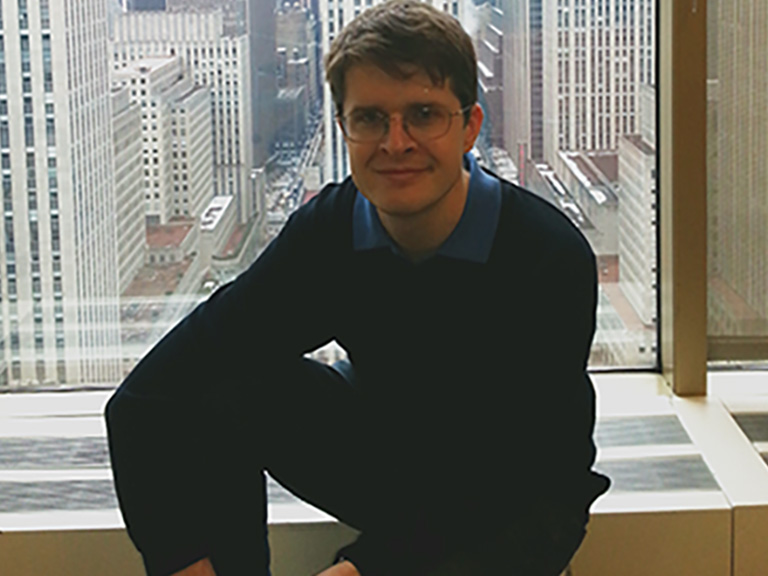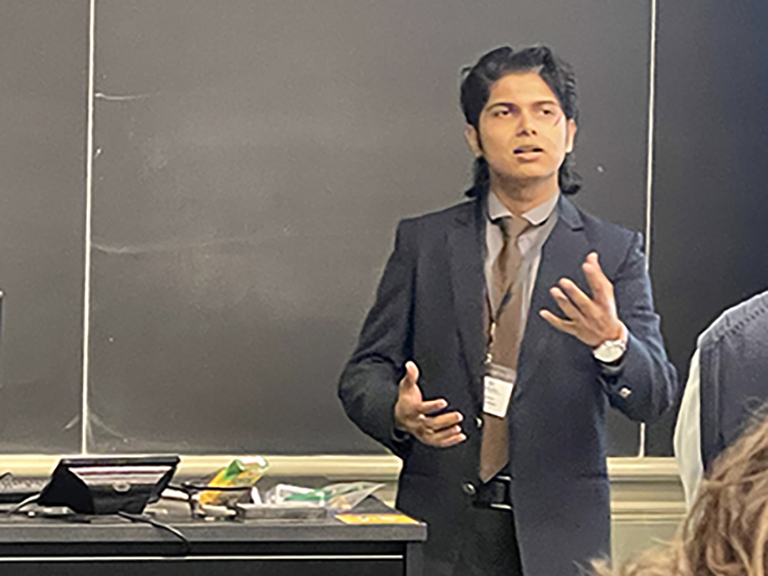Bart Horn, Ph.D., associate professor of physics at Manhattan College, has received a $135,000 grant from the National Science Foundation (NSF) to support his research on early universe cosmology. The grant is part of the NSF's Research at Undergraduate Institutions (RUI) program, which supports research projects that involve undergraduates. The grant’s title is Pion Lagranian for Large Scale Structure in Cosmology. 
Horn is focused on developing new and more efficient algorithms to simulate the evolution of large-scale structure (LSS) in the early universe. The research is an important step towards understanding how the universe formed and evolved and how the laws of physics have changed over time. By studying the evolution of LSS, Horn is attempting to learn more about the properties of dark matter and dark energy, which are two of the most mysterious substances in the universe. LSS is the pattern of galaxies and clusters of galaxies that are seen in the universe. It is thought to have formed from tiny density fluctuations in the early universe that were amplified by gravity over time.
“Surveys of large-scale structure in the universe are poised to transform the field of cosmology over the next five to 10 years,” said Horn. “By measuring the distribution and evolution of galaxies and matter over time, physicists hope to probe the age, composition and early history of the universe to unprecedented levels of precision.”
Horn said the work will apply effective field theory techniques from high-energy physics to LSS. The research will develop connections between physics and related fields and will create multiple opportunities for undergraduate students to participate in cutting-edge research. In addition, this program will help make the field of early universe cosmology accessible to a new generation of researchers by supporting outreach to local high schools and other venues in New York City.
Bhavya Mishra '25, a computer science major, and David Muqattash '25, a physics major, are two student researchers that Horn is working with, and bothpresented on the topic during the College’s summer symposium. The team is using a new approach to simulating LSS based on the pion field. The pion fielis a reorganizing of how matter in the universe is described. 
The team's simulations are still under development, but they have already shown promising results, accurately reproducing the evolution of LSS at early times. Horn and his team are working to improve their simulations so that they can be used to study a wider range of cosmological phenomena. They also plan to compare their simulations against theoretical predictions and experimental data.